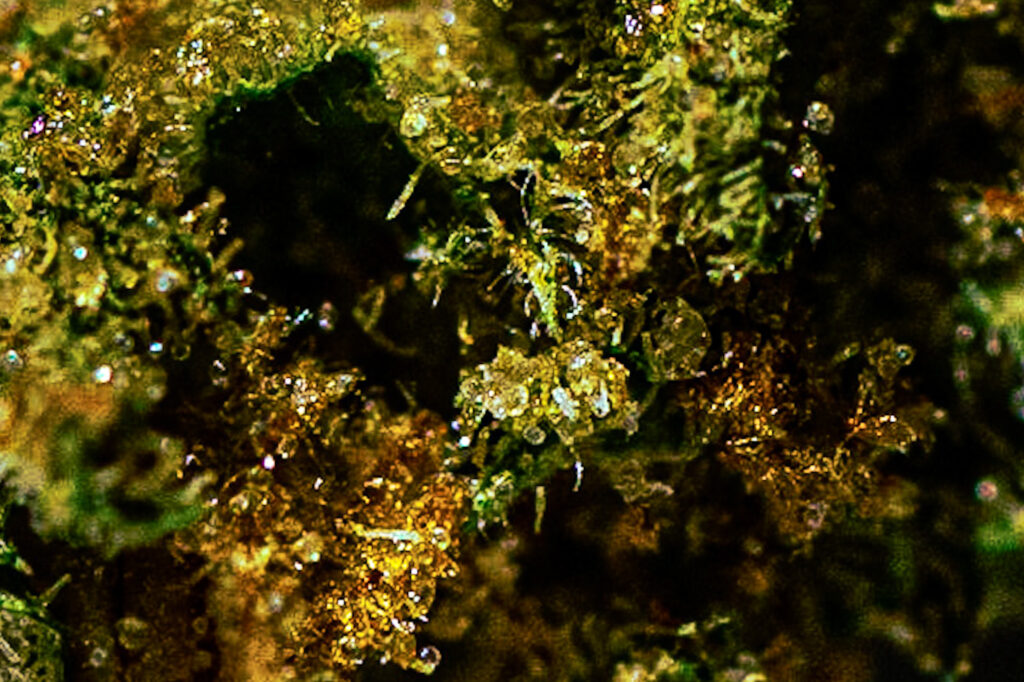Endocannabinoid System (eCS): Indo or Endo?


It should be noted that the bodies of all mammals contain the Endocannabinoid System (ECS). It is embedded in our DNA and the ECS is linked to every other system in our bodies. Such as our nervous, digestive, and respiratory systems for example.
Cannabinoids like the psychoactive THC (Tetrahydrocannabinol) responsible for the “high” when you consume cannabis, CBD (Cannabidiol) the more widely accepted cannabinoid due to its clinically proven health benefits from relieving anxiety, improving sleep, to reducing blood pressure, and CBN (Cannabinol) the mildly psychoactive cannabinoid responsible for giving you that sleepy or tired sensation often felt after the consumption of cannabis.
These cannabinoids have natural receptors in our body CB-1 & CB-2 which comprise the endocannabinoid system. So, think of these receptors as keyholes throughout our bodies waiting to be unlocked. After cannabis is consumed imagine millions of little keys navigating through that person’s body in search of these “keyholes”. Once they’ve reached their destination, they turn and unlock chemical releases into the body.
Once you start to understand cannabis from a molecular level it is easier to pinpoint and target specific ailments to nurture. Pairing different cannabinoids with certain terpenes you get different chemical compounds that alleviate different areas of concern. Look at humulenes-abundant in hops, sage, ginger and ginseng-common terpenes boasting a subtle earthy or musky aroma with spicy undertones. Widely known for being an appetite suppressant and it’s anti-inflammatory properties. Research suggests anti-cancer potential may even be increased with the presence of both terpenes humulene and caryophyllene.
What are Terpenes?
Terpenes are organic compounds found in plants to include but not limited to fruits & vegetables such as lemons (limonene) or bell peppers (carlene). They represent volatile aromatic molecules, which give plants their unique aroma and are constituents of the essential oils in many plants and flowers. So take Caryophyllene, the primary terp that contributes to the spiciness of black pepper (also found in cloves, hops, rosemary, & basil), for example, it’s gastroprotective and possesses anti-inflammatory agents. So, for example, a CBD product enriched with Caryophyllene will most likely help combat any disease of the stomach such as Irritable Bowel Syndrome & Gastroparesis as well as inflammation such as swelling of the joints.
What’s so important about understanding the ECS is; it goes without saying, scientifically cannabis can’t be as bad as recent popular opinions would lead you to believe. What was once known as “Devil’s Lettuce” is looking more like “Angel’s Lettuce”. The presence of an endo•cannabinoid system further suggests cannabinoids, which comprise cannabis, are meant for us. Which brings up another question; Why was cannabis ever viewed as something bad?









1 thought on “Endocannabinoid System (eCS): Indo or Endo?”